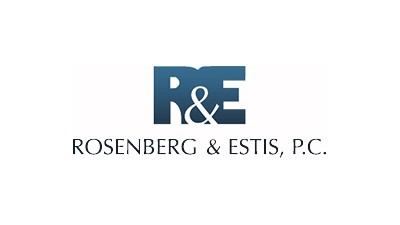Navigating New York City's Tax Incentive Programs

The barrier to entry for development in New York City remains high. Developers depend on tax incentive programs to keep costs down and projects profitable. But with an assortment of tax incentive options to choose from, finding which program aligns with both development goals and the city’s agenda becomes a complicated process.
Knowing which programs are available before acquiring property and breaking ground helps developers make smarter decisions.
“The key for developers is going to be how to maximize their project, to design a better building and also to take advantage of the property tax incentives like 421-a,” Rosenberg & Estis Of Counsel Daniel M. Bernstein said. “Developers need to make the most of their project and take advantage of the incentives that are in the law and to be aware of zoning changes and zoning benefits.”
With the relaunch of 421-a, multifamily developers in particular will need to educate themselves on the new requirements.
The New 421-a
Renamed the Affordable New York Housing Program, 421-a offers multifamily developers tax breaks to build mixed-income housing. A significant change to the program is that the 421-a tax exemption now runs for a longer period in exchange for revised affordability requirements. Developers can get a full property tax exemption for up to 35 years if they set aside 25% to 30% of units for low- and moderate-income housing.
“Developers who are not used to developing affordable housing are going to have to get used to developing affordable housing,” Bernstein said.
Developers receive the tax abatement after the construction process, and they need to ensure their projects qualify for 421-a before breaking ground.
The program also skews in favor of rental properties, Bernstein said. While the program does offer tax reductions for condo and co-op projects outside of Manhattan with 35 units or less, and an average value under $65K, the city has pushed for a higher volume of affordable rental apartments.

The 420-c Program
For multifamily projects that target predominantly low-income housing, 420-c offers up to 60 years of complete or partial tax exemption for low-income housing developed with low-income housing tax credits by an eligible, not-for-profit entity, possibly in conjunction with a for-profit developer. But for many mixed-income properties, 421-a remains the best option.
The ICAP Program
While the city has focused on supporting affordable housing development, commercial development can also benefit from tax incentive programs. The Industrial and Commercial Abatement Program, ICAP, provides nonresidential developers with up to a 25-year tax abatement for the construction or renovation of hotels, retail and other commercial properties.
Location and project details determine which projects qualify. New commercial construction and renovations can be anywhere in the city except in some parts of Manhattan. Special areas, which could overlap with neighborhoods already targeted by the city for rezoning and redevelopment, receive additional benefits.
Economic Analysis Is Key
“For developers, the question is: Does it make sense to renovate existing properties, or are these really development sites that would ultimately be better used for other purposes, assuming they have the right?” Bernstein said.
Bernstein has seen some developers turn to preservation tax credits and financing, provided the city works with developers to subsidize the cost.
Across all options, New York’s tax incentives programs are a balancing act, where developers must figure out which bundle of benefits helps their projects, and what they have to sacrifice in the process.
“What do they have to give up in terms of affordability or other amenities? What do they get back in terms of rezoning?” Bernstein said. “It really depends on the location and the support of the community.”
To learn more about this Bisnow content partner, click here.

